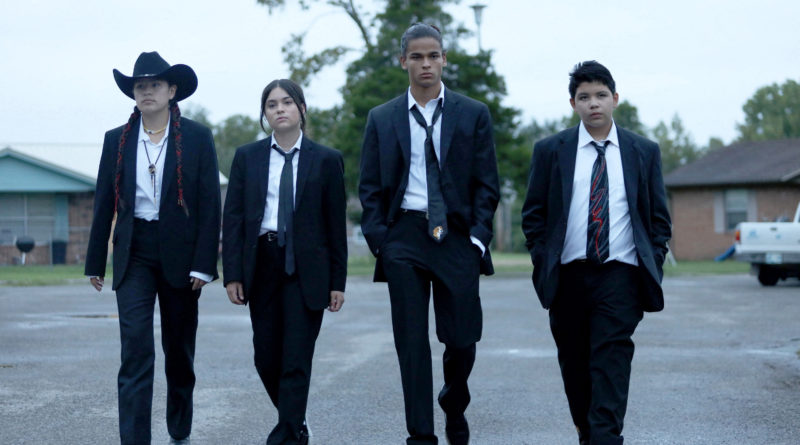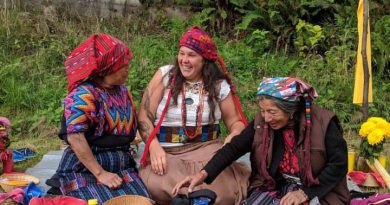‘Reservation Dogs’: Through a Cultural and Critical Lens
New FX Series Features Native Cast
I was in tears from laughing so hard from watching the first episode of Reservation Dogs. My tears came from more than the laughter, I felt moved emotionally too. It felt like I had watched something that had been made for me personally.
Representation of Indigenous peoples’ in entertainment media is scarce but even more rare is a culturally accurate representation. There is a sense of pride that you get from watching your identity and parts of your culture being tastefully portrayed, as I believe this show has done.
What really sets the show apart from countless failed relics of past representations of Native peoples’ goes beyond the storyline, it is the inclusion of Indigenous writers, producers and main cast characters. Producers include Taika Waititi and Sterlin Harjo, established actors Zahn McClarnon and Wes Studi, and the emerging young cast of Devery Jacobs, D’Pharaoh Woon-A-Tai, Paulina Alexis and Lane Factor.
Shot on location, the story takes place in Okmulgee, Oklahoma, home now to the Mvskoke (Creek) Nation, of which the show generously integrates the Indigenous language. The story depicts the life of four Native teenagers hustling in order to save money in hopes of making it to California.
One of the best features of the show is the humor that’s used because it is humor that is sourced from within the community and is unique to Native peoples’ For example words like “skoden” meaning let’s go then, and “stoodis” meaning “let’s do this. My personal favorite is “snagging” which I’m sure has variations, but means a short term relationship, or hookup.
Putting humor aside for a moment, I believe it’s necessary to look beyond the moments of praise to keep a critical eye. Being critical aids in creating a well-balanced opinion that doesn’t necessarily equate to dislike.
Though it’s especially hard to be critical of things that bring us joy, being vigilant of all media we consume is a practice that helps create better standards.
From a quick look through social media, many have pointed out that the show sorely lacks Black-Native representation and in some instances perpetuates harmful stereotypes of Black people.
This isn’t a “canceled” moment, but it is something that shouldn’t go unchecked while we happily consume the representation we [the Native community] have long waited for. This is a reminder to those of us who write that we must do better in portraying our BIPOC relatives in ways that are well-rounded and don’t rely on tired stereotypes. This should serve to encourage us all to engage in meaningful conversations within our communities to hold ourselves and our people accountable to better represensation.
As we say, humor is medicine for the people and we all know how much we need that right now. We are headed in the right direction but we must do better, expect better and demand better of those representing us and our BIPOC relatives. Let’s keep watching and enjoying Indigenous-created media while insisting that all our people feel represented in a positive way.




